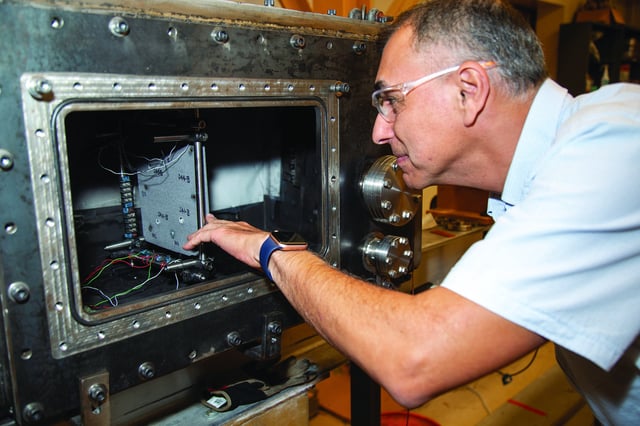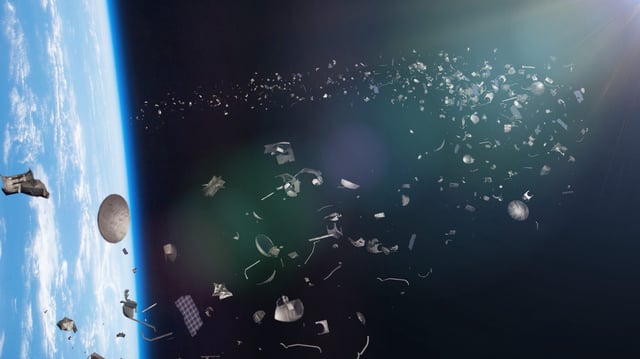Overview
- The MMOD system integrates sensors into a spacecraft panel and software to function as an on-board “black box,” capturing the timing, location, velocity and material composition of debris impacts.
- Full-scale hypervelocity trials at SwRI’s light gas gun simulated orbital collision speeds to validate the device’s ability to record impact events under realistic space conditions.
- Findings from the study led by Dr. Sidney Chocron have been published in the 2024 17th Hypervelocity Impact Symposium proceedings.
- While the system delivers detailed post-impact telemetry, it does not yet enable active collision avoidance or real-time alerts.
- SwRI is pursuing funding and development of a flight-ready version to integrate on satellites and ultimately create a networked sensor array for mapping small debris in Earth orbit.


